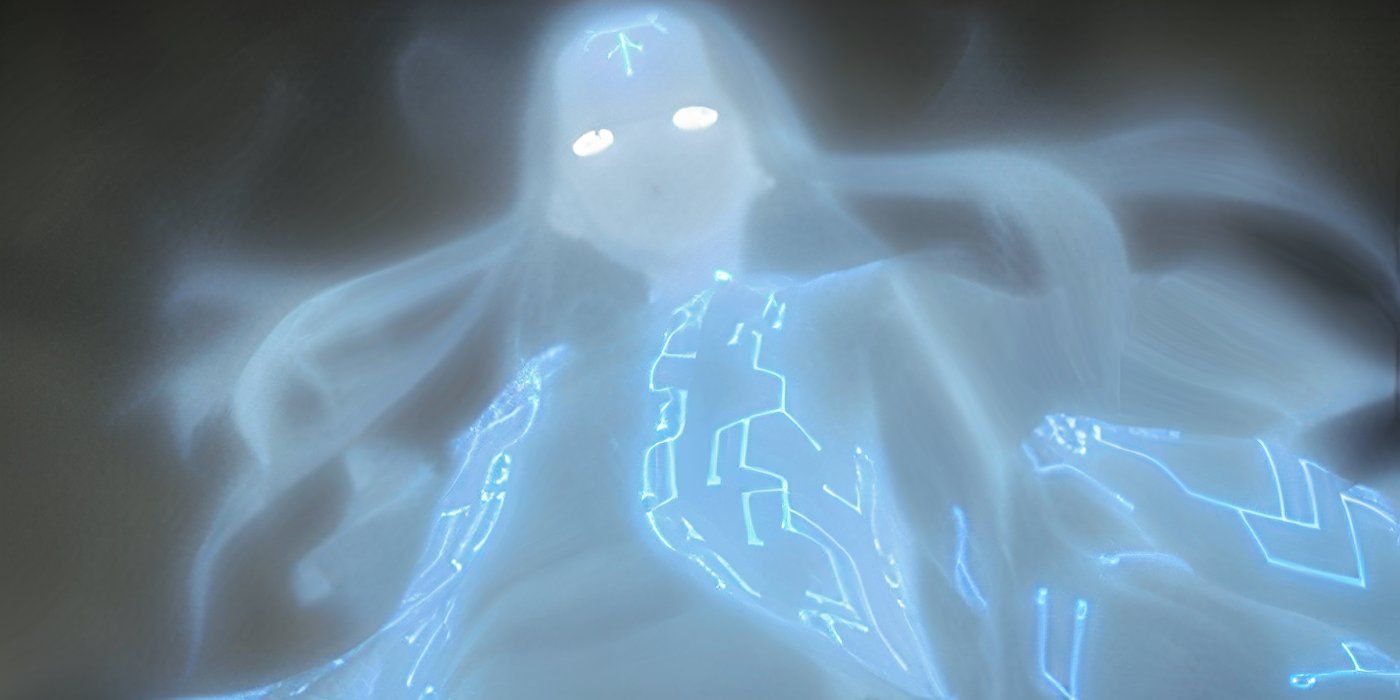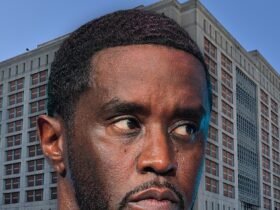Considering the franchise’s near-mythic reputation in Hollywood history, sometimes it’s easy to forget just how understated and scrappy the dawn of the Terminator franchise really was. Written and directed by James Cameron (two years after he’d made his feature directorial debut with the B-movie Piranha II: The Spawning), the 1984 sci-fi thriller The Terminator married ingenious low-budget filmmaking with a gripping emotional hook. Arnold Schwarzenegger (in the nascence of stardom, before becoming a household name) played a time-traveling, imposing cyborg from the future, sent to present day to murder Sarah Connor (Linda Hamilton), who unknowingly will give birth to humanity’s only hope against the rise of Skynet and devastating, malicious artificial intelligence.
Thanks in no small part to a focused, character-driven and even romantic screenplay, terrific performances and eye-popping Stan Winston special effects, The Terminator was both an instant and sustained hit with audiences and critics. It grossed several times its budget in its theatrical run, and today is one of a select few films with a perfect 100% score from critics on Rotten Tomatoes. Seven years later, the much bigger Terminator 2: Judgment Day (its budget was a record at the time) grossed over half a billion dollars in addition to winning four Academy Awards. Every sequel that’s followed has received some variance of a mixed reception (though the live-action Sarah Connor Chronicles series is remembered warmly), and the lore has become increasingly over-complicated.
Now streaming on Netflix, the visually stunning, twisty and unremittingly intense anime Terminator Zero succeeds at both taking the franchise in a bold new direction while honoring its smaller-scale, frightening origin. From showrunner and executive producer Mattson Tomlin (he was an uncredited writer on 2022’s The Batman, and is working with Matt Reeves on the script for its sequel), and director Masashi Kudō (Bleach), Terminator Zero follows the Lee family, including scientist patriarch Malcolm (André Holland) and young children (Armani Jackson, Gideon Adlon and Carter Rockwood) who are caught in the crossfire of a Terminator (Timothy Olyphant) and freedom fighter Eiko (Sonoya Mizuno) sent back in time to protect them. During this conversation with Collider, Tomlin and Kudo talked about what animation brings to the iconic franchise, as well as honoring the Terminator series’ storied legacy.
The Impact of James Cameron’s Films on ‘Terminator Zero’
COLLIDER: First and foremost, why do you think we’re sitting here talking about Terminator 40 full years down the road?
MATTSON TOMLIN: I think because those first two movies have incredible cinematic moments, but that’s not the most important thing about them. I think the most important thing about them is they actually have this tremendous heartbeat at the center of them. I look at the first one, and the realization that Kyle Reese has had this photo of Sarah Connor, and that he volunteered, traveled through time to be with her. It’s like, ‘f—, he loves her.’ This is a love story.
You look at the poster, you talk about The Terminator, that’s not what anyone’s thinking. With T2, it’s a story about a mom, a son, and a surrogate father, where the mom is thinking the face of the surrogate father is the face of the guy who tried to kill me the last time around, and yet I’m looking at him and thinking ‘F—,’ he’s a better father than anybody I’ve tried to shack up with over the last 10 years. What does it all mean? Those palpable heartbeats are the magic sauce. I could go down James Cameron’s whole resumé: that’s the reason his movies make a billion dollars. It’s like, yeah you’ve got the Na’ Vi, you’ve got the Titanic sinking, whatever the f— it is; if you strip it down, there Is some real primal emotion. That’s why he’s a genius.
MASASHI KUDŌ: In the first movie, the Terminator was this very scary villain…he was a monster, right? And then in the second movie, he’s someone who protects John Connor. The transition from one to two was a great narrative storyline. That really captured the hearts of people. I’ve been a big fan of the movies since the original. I’ve watched them all, but especially the first two. I watched it when they came out; I’m from that generation.
How ‘Terminator Zero’ Pays Homage to James Cameron’s 1984 Classic
Let’s look at Terminator Zero’s place within the franchise, and the legacy of the series. I’m a huge fan of the series, particularly the first two movies. I know there’s a preference for the second one generally, but I especially love the original.
TOMLIN: I’m with you. For me, it’s the first one. It’s funny; when I sat down to do this I thought, ‘Ok I got the job, now what the f— am I going to do?’ It was this thing where I did this deep dive of researching, not just by watching the movies, but by watching press junkets for the first one, for the second one… one of the things that was really enlightening to me—I was born in 1990—the first movie was before I was born, both of them I didn’t see until I was 8, 9 or 10… at that point I know who Arnold Schwarzenegger is. I thought ‘That’s Mr. Freeze.’ That’s who that is for me as a 7-year-old.
On the special features of a special edition T2 steel book they did sometime in the early 2000s, there was this interview where Arnold Schwarzenegger said he kept calling Cameron between 1984 and 1991 saying, “When are we going to do T2?” Over the course of 1984 to 1991, Arnold Schwarzenegger becomes one of the biggest movie stars of all time. What occurred to me was [that] ‘had that not happened, a second Terminator would be a much different movie.’ In the first Terminator, Schwarzenegger’s entire face is blown off. It’s like ‘Oh, you’re not a movie star yet.’ In the second movie, he’s got some cool makeup, but it’s still Arnold Schwarzenegger. That’s the difference of star power.
The Terminator really is such a low-key movie, and the level of excitement it generates isn’t budget-related; it’s because Cameron is such a genius writer and director.
TOMLIN: There was something for me in the first movie, and in learning Cameron’s initial instinct was to cast Lance Henriksen as the Terminator: like, he’s an infiltrator, an everyman. Then you cast Schwarzenegger, and he’s this! That guy’s not sneaking around anywhere. Getting back to the original, the horror vibe… the Terminator is anybody. The horrific thing is you don’t know who he is or what he looks like. That original conception was never able to be followed through because it was Arnold Schwarzenegger. And as great as that was, this was an opportunity to go the other way.
That is what struck me about the series; it’s the similarity in tone to that epochal, scary original. Did you feel pressure to live up to the Terminator legacy? To the mystique?
TOMLIN: Yeah… the pressure comes from the fact that it’s a franchise that’s 40 years old. People care about it. When I sit down, and I just write a spec script, there’s something that’s very comforting about that, and also very lonely. Nobody knows that I’m working on it, nobody knows what it is. Nobody gives a flying f— about it. If you’re working on something like Terminator, people care. People have primal connections to the characters and the story. I wanna do a good job for me; I wanna do a good job for them.
Animation Brings a New Dimension of Imagination to The Terminator Franchise
What does animation bring to Terminator? What were the most exciting innovations of the series in relation to what had come before?
KUDŌ: What’s most new about this story is that it’s set in Japan; the Terminator is trying to infiltrate Japanese society. He’s different from the old Terminator. He’s not this monstrous, intimidating Terminator; he’s more creepy, very unsettling. I think that’s the big difference. And the series is set in Japan, so we weren’t able to do any big gun action, because people don’t have guns in Japan to begin with. People don’t have access to firearms. We had to create these fight scenes creatively.
The most visually enthralling aspect of Terminator Zero is Kokoro, an AI voiced by Rosario Dawson, who’s brilliant as always in the role. It’s a new, fresh idea, but it blends in with the established lore oddly well. What can you tell us about the creation of this character?
KUDŌ: So, for Kokoro, the character Malcolm created this AI. We wanted a character like an AI, but a hologram; it’s not physically there. It’s different from a robot with an endoskeleton. It’s more of a spiritual existence, a higher dimension existence. That was the idea: we wanted like, spirits that come from Japanese myths, sort of like this fairy-ish divine goddess. So we have that blur effect on her to make her look divine, godlike.
That word genius really does apply to Cameron. He sinks his claws into the most fundamental feelings and emotions. This series honors the emotional hook that made this whole enterprise work so well 40 years ago. Has Cameron voiced an opinion on Terminator Zero? Was he involved?
TOMLIN: He wasn’t involved at all, but the other day in The Hollywood Reporter he was asked about it. He was very gracious. He said, ‘It’s cool when someone takes this world I’ve created and goes and does something with it; I’m curious to see what this guy’s done with it.’ I hope he likes it; I hope he doesn’t hate it. We’ll see.
Will we potentially be seeing more Terminator animation in the future?
KUDŌ: If this story is a success, I would hope to continue, yes.
Terminator Zero is now streaming on Netflix.














Leave a Reply